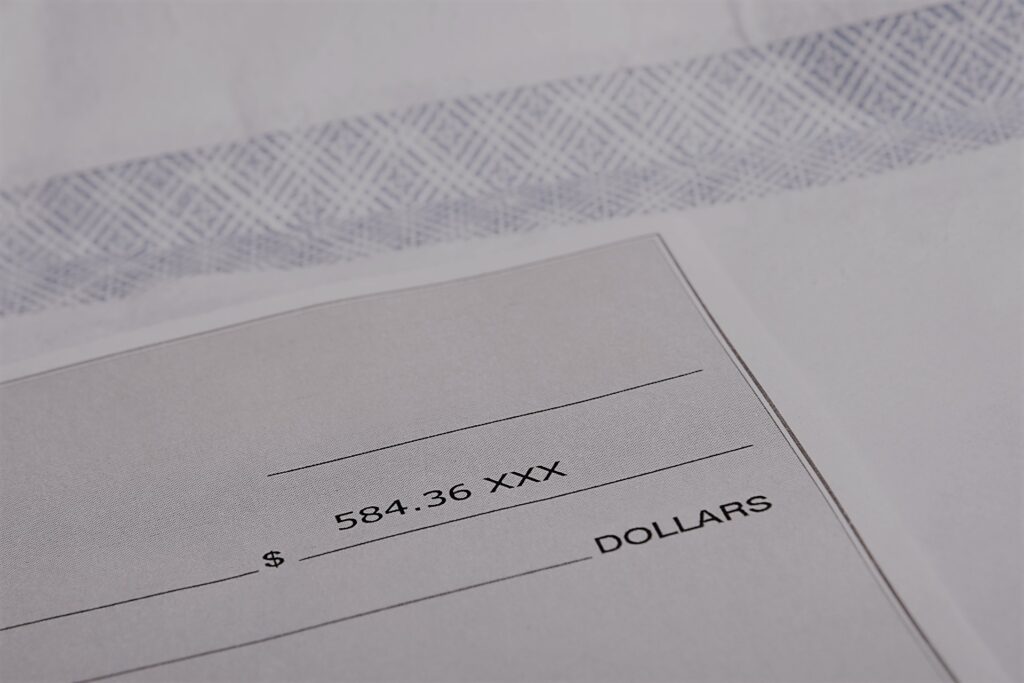Unless you’re running your business as a sole trader, the time will come when you must decide how you will remunerate yourself for your time, efforts and entrepreneurship.
The profits of your business belong to the company operating that business, not to you. But there are various ways in which you can extract the value you have created.
There are a number of factors you should consider in deciding whether to pay yourself via a salary, dividends, drawings, or a combination.
Legislative restrictions
Firstly, it’s important to note any legal restrictions that will limit your options. The most common of these include:
- PSI rules: if your business income is primarily produced through your personal skills, knowledge and efforts, the PSI rules may apply. This means you’ll have to attribute the company’s profit to yourself as salary income.
- Excess payments to associated persons: your company cannot pay excessive or unrealistic salaries to family members who perform no or little actual work for the business, to avoid tax.
- Division 7A: you cannot draw money out of your company that exceeds any amounts you have previously loaned to it. If making a drawing leaves you owing your company money, you will need to repay it or enter into an interest-bearing loan agreement with your company – otherwise the sum may be treated as an ‘unfranked’ dividend, which will assessable for tax.
Some of these rules are very complex, so you should seek detailed advice from your accountant if you think that they might apply to your business.
Apart from these considerations, you are free to decide how you wish to remunerate yourself.
Tax outcomes
- Salaries
You will need to include any salary your company pays to you in your personal tax return and pay tax on it at your marginal rate. Your company will have PAYG withholding, superannuation, workers’ compensation insurance and payroll tax obligations in respect of salary paid to you ¬– just as it does for any other employee. Reasonable salaries paid to working family members are treated the same way, in their personal tax returns. Salaries paid are tax deductible for your company – reducing its profits and taxable income, and therefore the amount of company tax it pays.
- Dividends
Dividends paid by a company to a shareholder out of after-tax profits are taxable for that shareholder. If the company has already paid tax, and ‘franking credits’ on the dividend are available, the dividends may be franked. The credits for the tax that has been paid will be passed on to the shareholder, which will reduce the amount of tax they have to pay on the dividend. Dividends are franked at the company’s tax rate – currently either 27.5% or 30%, depending on the size of the company. If you as an individual are a shareholder of your company, you will be personally taxed on your dividends. But if your company is owned by a discretionary family trust, the trustee will decide how to distribute the trust’s income – and may distribute it to other taxpayers in your family group, who will then be taxed on that income. In this way, a carefully-considered ownership structure can help you to manage your tax burden by splitting your company’s profits with other taxpayers in your family.
- Drawings
Drawings apply when you have previously leant money to your company – usually during the business start-up and initial growth phases. Drawings are loan repayments by your company to you, not a distribution of profits, so there will be no tax payable on repaying these amounts as long as you have not breached Division 7A (see above).
Commercial considerations
If you are preparing your business for sale, are applying for finance, or are in any other situation where you need to maximise the apparent profit or value of your business, it might seem tempting to stop paying yourself a salary (because removing this expense from your P&L will boost the company’s reported profits, and hence the value).
Unfortunately this is unlikely to be an effective strategy – directors’ remuneration will generally be ‘normalised’ to a market rate of salary as part of the due diligence process in any of these situations.
Conclusion
Depending on the individual circumstances of you and your business, it is likely that a combination of these strategies will be most appropriate. For example, you may choose to draw a base salary to cover your ordinary living expenses, then consider whether to pay a dividend at the end of each financial year, depending on the business’s performance and your expected tax profile.
It’s a good idea to discuss your options with your accountant, to make sure your strategy suits to your financial circumstances and tax position.






